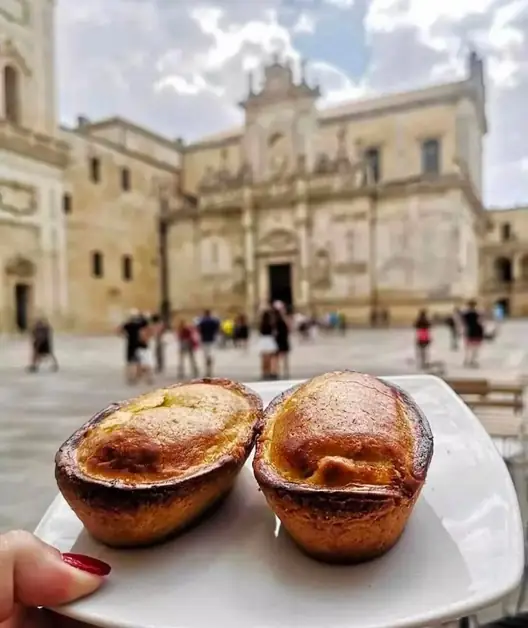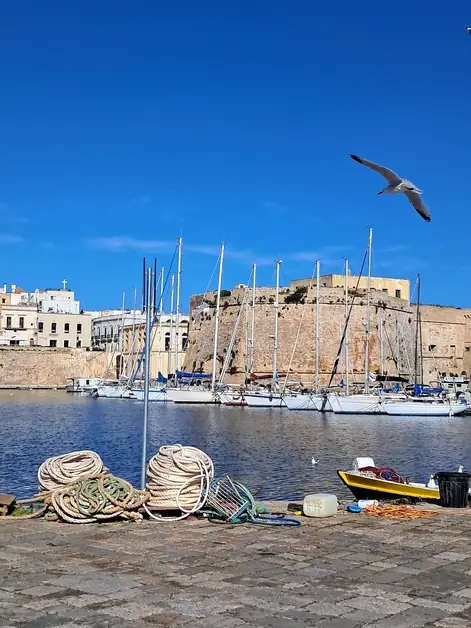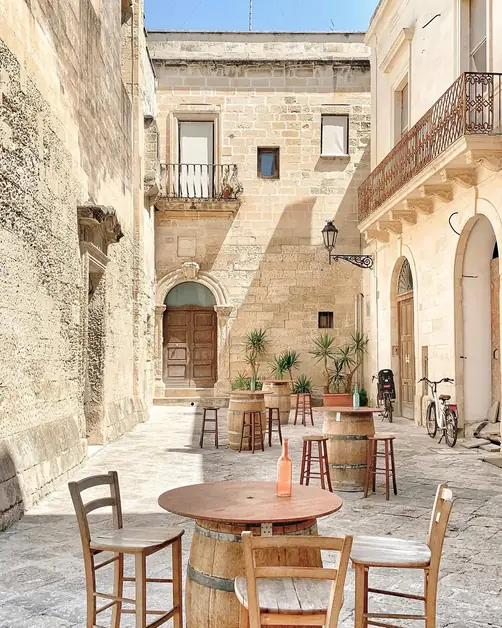Discover the WWF Oasis Le Cesine in Salento
The WWF Oasis Le Cesine is a natural paradise in Salento.

Where is the WWF Oasis Le Cesine?
The WWF Oasis Le Cesine is located in the Municipality of Vernole, in the province of Lecce, in the heart of Salento. It is situated along the Adriatic coast, between San Cataldo and Otranto, just a few kilometers from Lecce. Its location makes it easily accessible from Brindisi and other tourist spots along the coast.
What makes the Le Cesine Nature Reserve special?
Le Cesine represents the last stretch of coastal marshes that once characterized much of the Salento coast. Today, the protected area extends for about 348 hectares and preserves a rare environmental richness: temporary ponds, coastal marshes, Aleppo pine forests, Mediterranean scrub, and garigue areas. This mosaic of interconnected environments makes the reserve a treasure trove of biodiversity and a point of great natural interest.
What habitats can be observed at the Le Cesine Oasis?
Walking through the oasis, one encounters very different landscapes: wetlands rich in ponds and channels; wooded areas with Aleppo pines and oaks; open spaces with garigue and Mediterranean scrub; coastal marshes that directly interact with the Adriatic Sea. The variety of habitats promotes the presence of unique botanical and faunal species.
What plant species grow at Le Cesine?
The flora of the reserve is particularly rich and diverse. A total of 32 species of wild orchids have been recorded, including Anacamptis palustris, listed in the national Red List. Among the rare plants, Periploca graeca, Ipomea sagittata, and Cytinus ruber stand out. The vegetative landscape changes with the seasons, offering different colors and scents throughout the year.
What animals can be seen in the Le Cesine Reserve?
The WWF Oasis Le Cesine hosts an extraordinary fauna. There are 180 species of birds, mostly aquatic, that use the area as a crucial stopover during migratory routes. Among reptiles, the marsh turtle and the leopard snake are notable. Amphibians include frogs, toads, and newts. Among mammals, besides the badger and the marten, more recent species such as wild boar and wolf can be observed. Colorful butterflies, like the carder butterfly and the swallowtail, animate the air during the warmer periods.
Why is the Le Cesine Oasis important for birdwatching enthusiasts?
Thanks to its position along migratory routes, the reserve is a privileged destination for birdwatching enthusiasts. Throughout the year, numerous species of aquatic birds, raptors, and passerines can be observed. Wildlife observation points along the trails allow for animal spotting without disturbing them, making the experience even more enchanting.
How can you visit the WWF Oasis Le Cesine?
Access to the oasis is regulated by a ministerial decree: entry is only allowed when accompanied by official reserve guides. Guided tours are available year-round, but reservations are mandatory. On holidays and Sundays, two excursions are scheduled: at 10:00 AM and 4:00 PM. The guides explain the history, habitats, and curiosities related to the oasis, turning the walk into a cultural experience as well as a naturalistic one.
What trails and paths are available?
The trails are suitable for discovering different environments of the reserve. Some paths lead to ponds and marshes, while others traverse the Aleppo pine and oak forests. Along the way, there are observation points, educational panels, and areas to stop and contemplate nature. Each season offers different atmospheres: in spring, the colors of orchids explode, while in autumn, the warm light reflects on the waters of the ponds.
What is the history of the Le Cesine Oasis?
Once, the Salento coast was characterized by vast marshy areas that extended from Brindisi to Otranto. Drainage and the expansion of human activities have progressively reduced these environments. Le Cesine represents the last remaining example of that ancient landscape, now protected as a Special Conservation Area (ZSC IT9150032) and a Special Protection Area (ZPS IT9150014).
What are the contacts to organize a visit?
To visit the WWF Le Cesine Reserve, it is necessary to book in advance. You can contact the oasis visitor center directly by phone or email, information that is easily found on the official WWF or reserve website. The guides provide details on schedules, costs, and participation methods for excursions.
Why visit Le Cesine during a vacation in Salento?
The Le Cesine Oasis offers an alternative to beaches and historic centers. It is a place to closely observe the biodiversity of the Mediterranean and discover a landscape that tells the natural history of the territory. Walking among ponds, marshes, and forests means immersing oneself in an ecosystem that unites sea and land, tradition and conservation.




